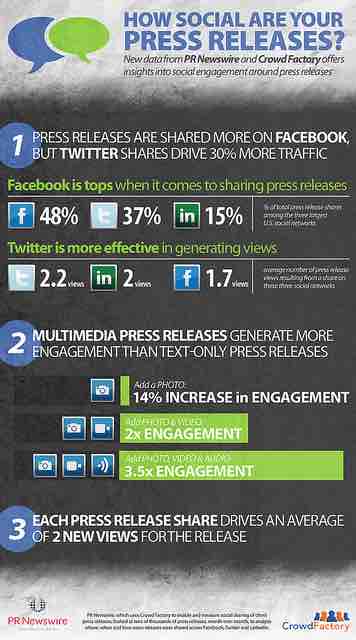Measuring Success

Measuring Success Of Marketing Efforts
It is important for marketing managers to constantly evaluate the performance of their marketing efforts.
The final stage of any marketing planning process is to establish targets or standards so that progress can be monitored. Accordingly, it is important to put both quantities and timescales into marketing objectives and corresponding strategies. - for example, to capture 20 percent by value of the market within two years.
Continuous monitoring of performance against predetermined targets is of utmost importance. More important is the enforced discipline of a regular formal review. As with forecasts, the best or most realistic planning cycle will revolve around a quarterly review. Best of all - at least in terms of the quantifiable aspects of the plans - is a quarterly rolling review. This involves planning one full year ahead each new quarter. While this absorbs more planning resources, it also ensures that plans use the latest information. Moreover, both the plans and their implementation tend to be more realistic.
The most important elements of marketing performance which are normally tracked include:
- Sales Analysis: Sophisticated organizations track sales in terms of "sales variance" - the deviation from the target figures - which allows an immediate picture of deviations to become evident.
- Market Share Analysis: Market share is an important metric to track. Though absolute sales might grow in an expanding market, a firm's share of the market can decrease, which bodes ill for future sales when the market starts to drop. Market share is tracked through parameters including overall market share, segment share, relative share, annual fluctuation rate of market share, and the specific market sharing of customers.
- Expense Analysis: The key ratio to watch in this area is usually the "marketing expense to sales ratio. " This may be broken down into elements including advertising to sales and sales administration to sales.
- Financial Analysis: In theory, the "bottom line" of all marketing activities should be net profit. Key ratios include gross contribution to net profit, gross profit to return on investment, and net contribution to profit on sales. There can be considerable benefit in comparing these figures with those achieved by other organizations, especially those in the same industry.
The above performance analyses concentrate on quantitative measures directly related to short-term performance. However, there are a number of indirect measures tracking customer attitudes which can also indicate the organization's performance over a longer period of time. These include market research, lost business and customer complaints.